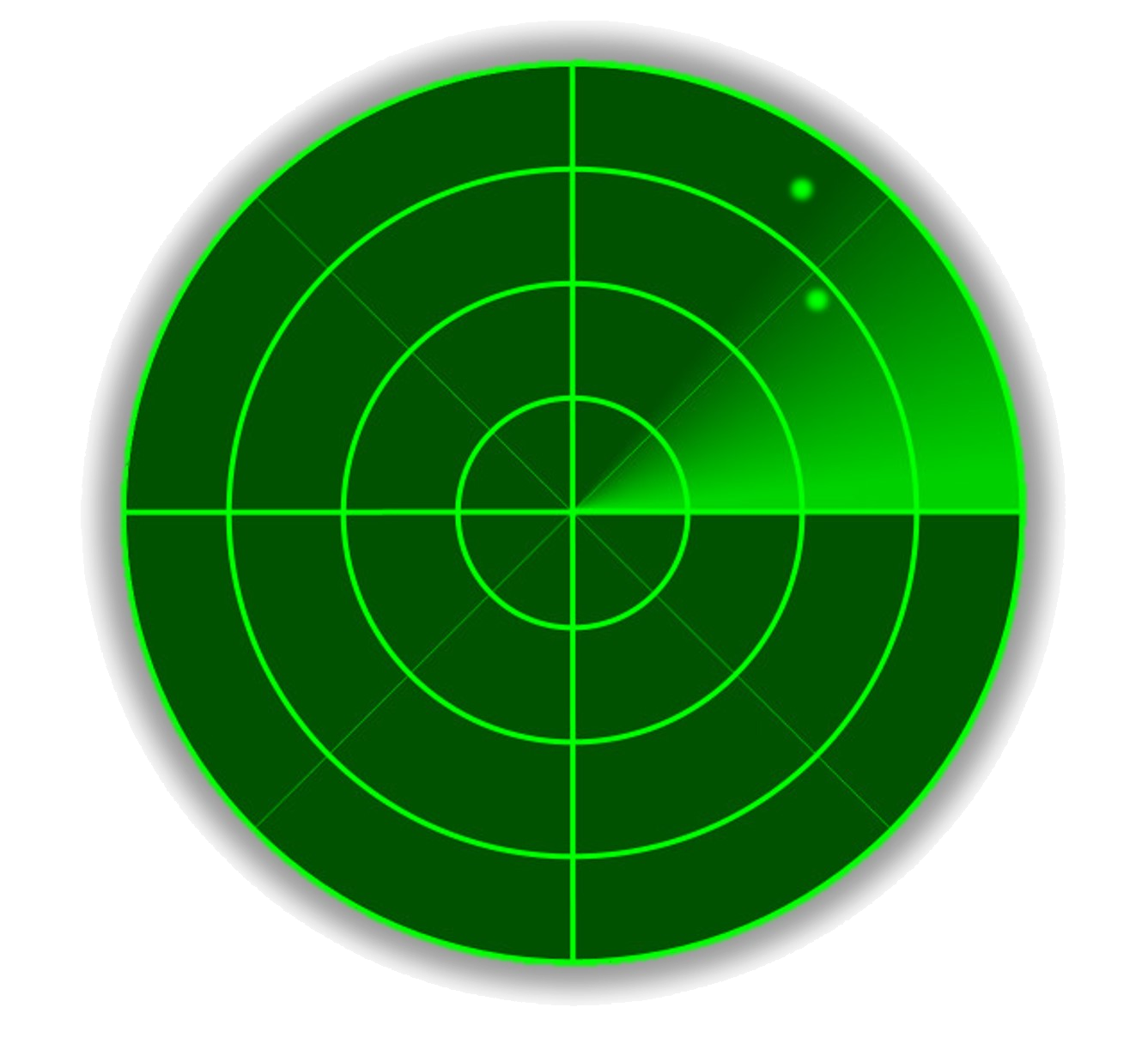Thank you for reading the Merge, a laser-guided knowledge bomb that hits the in-container of thousands of warfighters, strategists, professionals, industry experts, and enthusiasts every week—anyone who wants to make sense of defense.
Please comment in the debrief and forward this on to give other people the read-in.
Let’s do it. |
The Modern Problem with a Modern “Night One” Force |
The Pentagon is running with scissors towards a critical inflection point about the way they acquire, test, train, and integrate their "night one" force—the go-to platforms and offensive schemes that, when called upon, are all-but-guaranteed to put points on the board against an opponent.
What
The world is changing at a pace not seen in generations, ushering in a new era of technologies and capabilities. That is pretty obvious to anyone with a pulse.
Less obvious are a few first-world problems it brings along with it.
As capable as the US military purports to be, it can no longer provide the air/land geography and the target/threat/electromagnetic fidelity (and density) required to recreate a realistic and operationally relevant environment to test and train.
This manifests in a few not-insignificant problems when trying to field a night one force: - Can’t accurately test the ability of a system to do what it was designed to do (and taxpayers paid it to do)
- Can’t train in a way that mimics reality, which makes assessing readiness, ability, and risk a guessing game
- Can’t test or train with exquisite “war reserve modes” to see if they even work, and when/where/how they might be best used
- Can’t inform executive-level decisions on program performance or force design because no one can discern what’s a glossy brochure and what’s a real capability
Oh, What?
It gets worse: Unlike a weekend bender in Vegas, no amount of money will solve this problem — even if the US treasury minted a $1 trillion platinum coin.
Here’s why: The era of the so-called GEOINT Singularity is here. This is when real-time high-fidelity Earth observations with analytics are available globally to everyone, including the average Joe Blow citizen. Unlike the 1950s, you can’t just build a secret airstrip in the desert today and expect no one to notice.
There are some things the military shouldn’t want to completely and continuously reveal because it gives competitors repeated looks at their playbook, much like any opponent who faced the New England Patriots from 2000 to 2007. #spygate |
 |
So What Modern problems require modern solutions, and all signs point to a future that looks different from the past. But this future is not in the real world—it’s in a synthetic environment. We’re not talking about a flight simulator or even linking flight simulators together though.
We’re talking something like the metaverse that Facebook is building, but for the military. #milmetaverse
This environment will require digital twins of platforms…in a physics-based environment…utilizing software and hardware in the loop systems…connected by a digital thread…with full interoperability…all interacting in a low-latency realm.
Good News: The Air Force has a few efforts that nibble at some of these attributes.
Bad News: This comprises about 6.9% of what’s required.
Badder News: The Air Force (and US military writ large) has no enterprise-level view of this problem, no solution, and no one in charge of this.
What Now
OBTW: This #milmetaverse just so happens to be the same thing that is needed to mature integrated AI at the tactical and operational levels of war because these algorithms need a data set to interact with and learn from.
Watch AlphaGo and you’ll see. [it's no longer on Netflix, so the link is the complete documentary on YouTube. You’re welcome]
Remember last year’s DARPA fighter pilot vs. AI dogfight competition? That’s kindergarten stuff compared to what’s coming, so you better fence in.
There will be a point when this will scale to AI-informed force-on-force recommendations, decisions, maneuvers, and actions that will usher in a new lexicon of funny-sounding things like warfighter-on-the-loop autonomy, collaborative complimentary swarming, and bi-directional manned-unmanned teaming.
Way Forward
The utility of this synthetic environment is crystal clear [is there any other kind?], but it remains to be seen whether the US military will realize this and be the one to build it first.
TLDR: High-end forces require high-end test and training to be prepared against high-end opponents, and the only place to do this is in a synthetic environment—that does not yet exist.
|
In That Number
8 days, 50 minutes, and 47 seconds
The flight time of Vanilla Unmanned’s latest multi-day multi-sensor UAS, breaking its own world record for unrefueled flight using a combustion engine. It flew 12,000 miles carrying a comm payload in this test but can carry up to 150 pounds in other configurations. |
Trivia: Name the chart. Pay attention, we peppered this whole email with hints. |
 |
 |
Luxembourg-based startup Kleos Space showed off some of the capabilities from its RF reconnaissance CubeSat satellites this week. Specifically, they were able to detect a 4.2-watt beacon on an island in the Atlantic Ocean. Let that sink in. Detect. 4.2-watt signal. From space. With a CubeSat.
The NGA released a new data strategy to help make sense of the massive amount of data that is pouring into the agency. The proliferation of commercial space is an obvious key driver and will require automated cataloging and AI-powered analysis to keep up. At the same time, the secretive NRO is hosting an open competition for commercial products called the Electro-Optical Commercial Layer program that will create an on-ramp to source imagery from multiple vendors concurrently. Collectively, this is starting to drive a conversation about the shifting roles of the NGA and NRO.
AT&T is bringing its FirstNet dedicated cell services to 15 Air Force bases to fill in coverage gaps from existing commercial cell services. FirstNet was borne out of the response to 9/11, when first responders lacked 1) a common communication network, and 2) isolated bandwidth for emergency response. This sounds great for a base, but bases are like towns. They don’t deploy—units do. |
They Said It
“Just a few years ago it was much easier to launch a satellite based on the orbit window. Operators typically had a three-hour window to get their launch off. In the past year, that's gone down from three hours to three minutes, just because there are so many satellites in orbit.”
— Dave LoBosco, In-Q-Tel senior vice president |
Bailment Agreement: A legal mechanism that permits a government organization to take temporary possession of a commercial product, test out the capabilities for free, and provide feedback to companies.
Why it Matters: The NGA is embracing bailment agreements to hitch its wagon to the exploding commercial space imagery sector. This provides crucial customer feedback for startups to help them innovate, and it gives the NGA a chance to help shape the commercial satellite market as a key follow-on customer. This year its already entered into bailment agreements with 20 companies. #winwin |
A statue of legendary fighter pilot Robin Olds now resides at the Air Force Academy. But...instead of showing you a picture of that, we googled a still image of the man and spent 5 seconds applying an automated AI tool to animate him. |
We help you make sense of defense, but this week we’re also helping you make sense of everything else in your life. Zoom in here for a simple collection of thinking tools and frameworks that will help you understand problems and systems to make informed decisions that solve the right problems. |
Have friends who'd love the Merge too? Give them your unique referral link and start earning rewards when they subscribe.
Your unique referral link:
You currently have referrals
|
Get in formation and follow us! |
|
|
|
|